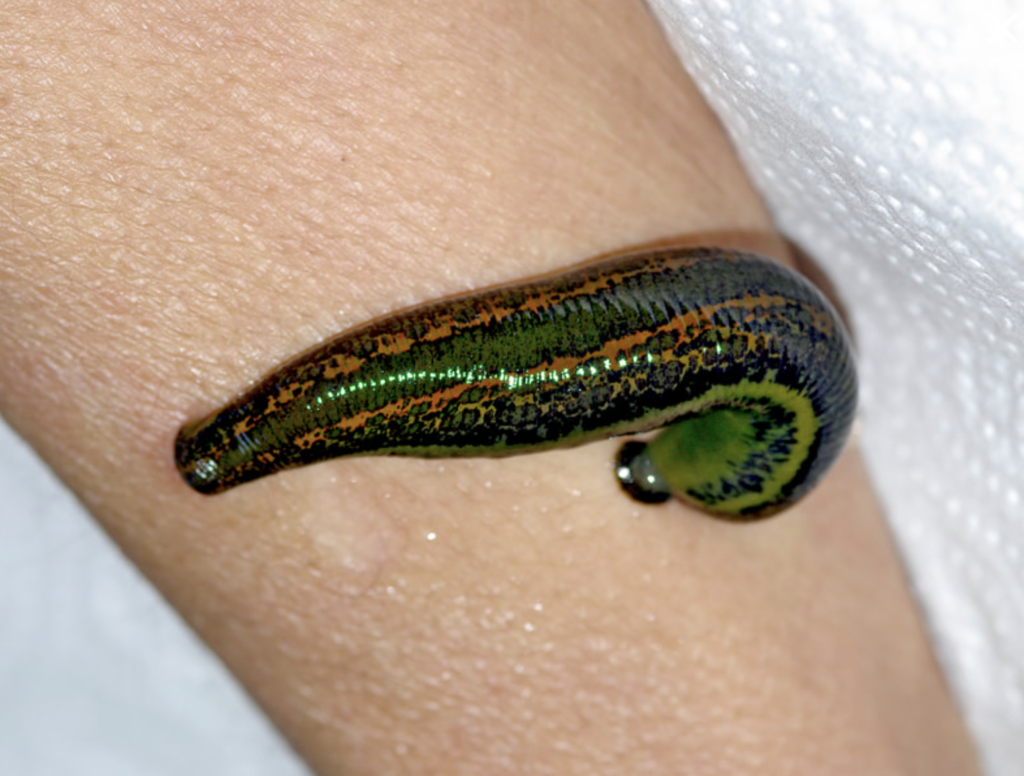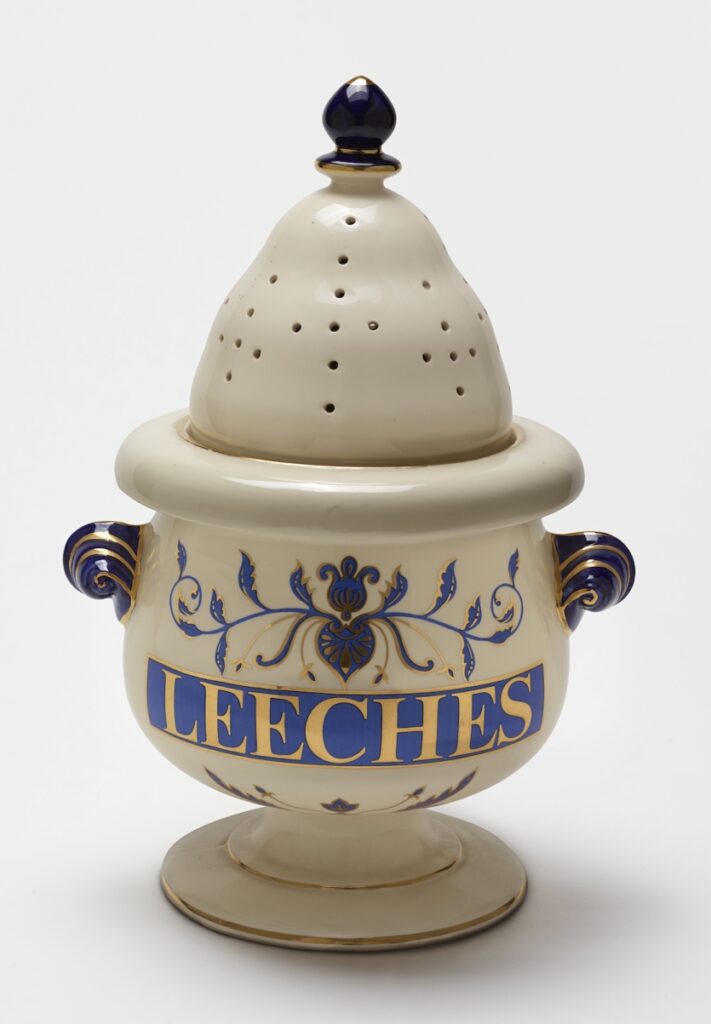Leechy Keen
It’s the season of Halloween, and I love all the myths, stories and celebration of this macabre holiday. Halloween conjures up creatures of the night, like werewolves and vampires, and creatures of the ground, like corpses, snakes and other critters.
Blood features prominently at Halloween: we have slasher films, witches that use blood in their potions, and vampires drinking blood. Blood is scary for many people, but essential for life… maybe the afterlife!
One creepy little critter has a place in medicine… behold the lowly leech!

Leeches were used throughout history as a medical treatment. One of the earliest known medical treatments is phlebotomy, or bloodletting, believed to originate in ancient Egypt and Greece, and lasting through second Industrial Revolution. That’s a long time! The germ theory is only 130 years old; transfusing blood is only 75 years old; but bloodletting is 25,000 years old!
In ancient Greece, Hippocrates passed the technique on to Aristotle, who then passed it on to Alexander the Great, who then spread it throughout Asia. The second medical text ever printed on Gutenberg’s press? A bloodletting calendar in 1462. In the Middle Ages when the Church was a leading authority, the Pope prohibited the clergy from bloodletting, and physicians were afraid to do it.
So, it moved into hands of barbers, who then cut hair and veins. They used a tool called a lancet, and customers would even bring their own bowls. Some were decorated and some even became heirlooms! Leeches were also used. “Leech” derives from the Anglo-Saxon word loece, “to heal.” Medieval doctors even called themselves leeches. Leeches were often used to bleed patients in hard-to-reach places.
Why? Well, we know that when blood leaks out of blood vessels, and is trapped in tissue, sometimes it is not easily broken down to be reabsorbed in the body. It can turn gangrenous. It’s vital for blood to circulate. So, leeches were applied to suck out the trapped blood, like little vampires. Old blood was removed, so the body could heal.
In 1883, French doctors alone imported 41.5 million leeches for bleeding!

Eventually phlebotomy was abandoned. A typhus epidemic in England in the 1830s, showed that even removing a little blood caused fainting, and the practice was eventually suspended. The rise of the germ theory also helped put an end to the questionable practice of bleeding.
But leeches are still used today medically! In fact, in 1985, a five-year-old boy from Medford, Massachusetts (I lived there at that same time!) named Guy Condelli had his ear bitten off by the family dog. He was taken to Boston’s Children’s Hospital, where leeches were placed directly on the congested tissue. Leeches for medicinal purposes are now produced in Wales, by Biopharm, which runs the world’s only leech manufacturing. They produce about 60,000 leeches annually. In 2004, the FDA approved the use of medicinal leeches in reconstructive and plastic surgery.
So, this little Halloween-worthy creature, the leech, has quite the contribution to medicine! Maybe one day it may help someone with a bleed in a tight place?

